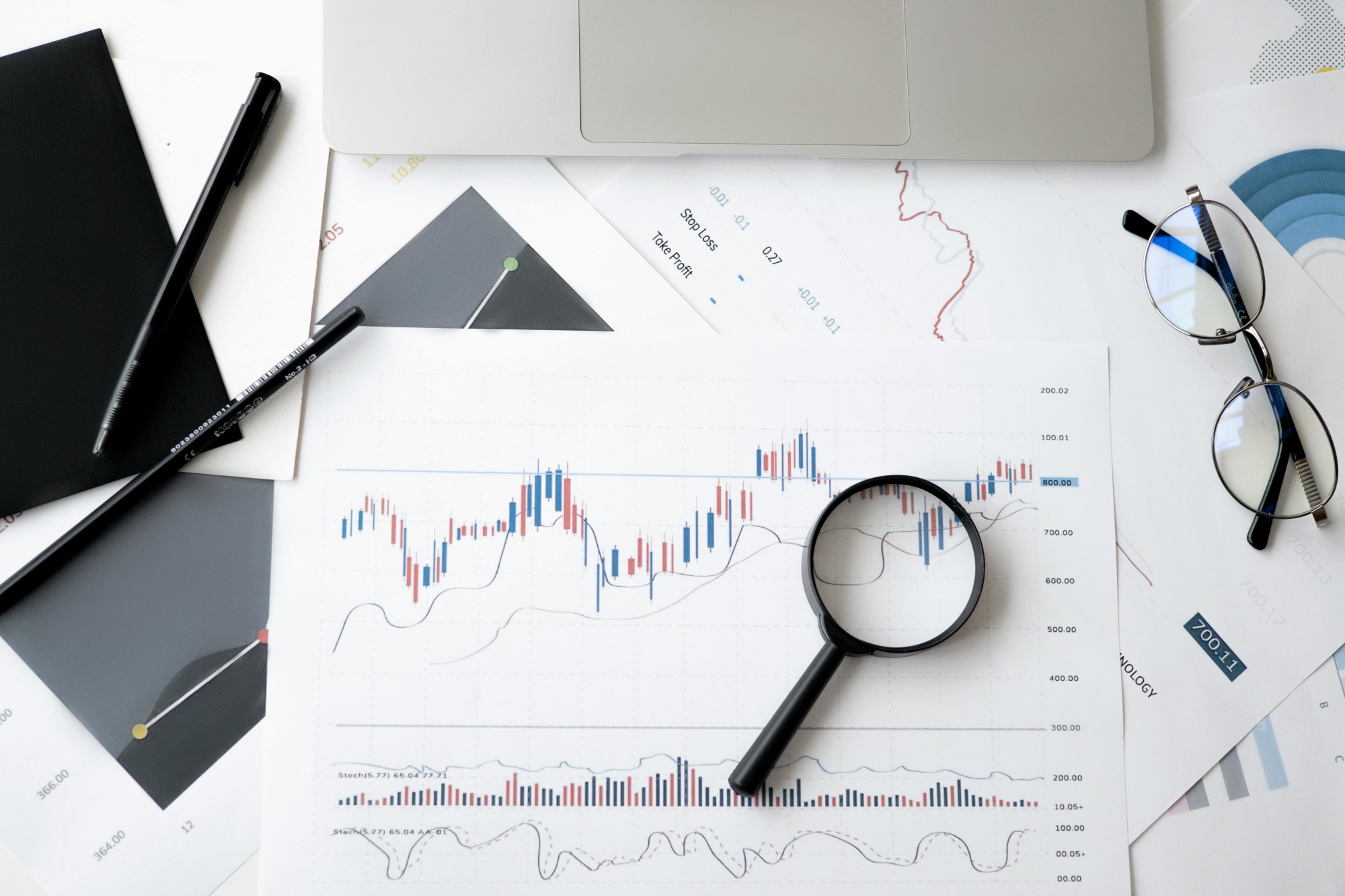Invest
Are bonds still worth buying in 2017?
Questions still surround Donald Trump and the prospect of further political upsets cloud the outlook for global markets, but are Australian bonds still an attractive option for investors?
Are bonds still worth buying in 2017?
Questions still surround Donald Trump and the prospect of further political upsets cloud the outlook for global markets, but are Australian bonds still an attractive option for investors?

In the last days of 2016, two sources of potential instability overshadowed financial markets – the rise of US protectionism under the Trump presidency and the spread of populism through pending plebiscites in Europe.
Australia is exposed given its trade dependence on China, the US and the EU. However, what is bad for economies might be good for bonds.
As we look ahead to in the new year, here are five reasons for investors to consider the safety of Australia’s liquid, high-quality debt market.
1. Reflation rethink on risk

Financial markets have been pricing in US reflation in the belief that Mr Trump will cut taxes and spend on infrastructure.
If he follows through, we could see a huge reversal in asset allocation, ending the lower for longer narrative that prolonged a multi-year rally in credit spreads.
Australia would not escape the bond sell-off. But we believe the recent spike in US yields should be viewed differently to 2013 (‘taper tantrum’) and 2015 (‘bund tantrum’).
Those surges were premised on a pullback in central bank accommodation, not a supply side shock to growth. If government yields keep rising, we expect global, including Australian, credit spreads to tighten.
Given that investors would then be getting less yield enhancement from the credit risk they are taking, the appeal of Australian government bonds should grow.
2. Hedging Trump volatility
Among his more bellicose electioneering statements, Mr Trump threatened to label China a currency manipulator and impose 45 per cent tariffs on Chinese imports.
This would have a negative impact on global growth and productivity, given that China would likely respond with protectionist policies of its own.
Such a scenario would hurt the growth prospects of both nations, which as Australia’s largest and third-largest trading partners would augur badly for businesses on these shores.
The likelihood the Australian government and/or central bank would launch fiscal expansion and loosen monetary policy would rise as the nation’s growth prospects darkened. Australian bond yields would fall as equity markets suffered. Amid rising volatility, the case for investing in Australian government bonds would strengthen.
3. Shelter from China uncertainty
The surge in commodity prices buoyed by China’s seasonal industrial upswing could come unstuck as Beijing seeks to curb an overheated property sector.
Any slowdown in property and infrastructure investment would hurt Australia in trade terms and could spark a flight to safety, but a more imminent risk is that Beijing can’t contain capital outflows.
These started last year after authorities widened the renminbi’s (RMB) trading band so it could be included in the International Monetary Fund’s Special Drawing Rights currency basket.
China has already imposed capital controls to prevent large offshore transfers, but this has only slowed the trend, not halted it. Facing a strengthening dollar and hawkish Federal Reserve, we can expect the RMB to depreciate further, driving outflows.
That raises the prospect of drastic government intervention, such as a one-off devaluation or freeze on repatriation of foreign investments. This could prompt a flight to safety, and to Australian government bonds.
4. Undermining commodities impact
We don’t see Mr Trump’s agenda to spend on infrastructure as a catalyst for a surge in commodity prices. It’s China’s efforts to stimulate its economy via infrastructure investment, as well as supply cuts to key commodities, that lie behind the rally in coking coal and metals such as iron ore.
Bulk commodities are already trading well above marginal cost and China has begun curbing supply cuts to coal production as prices have risen faster than anticipated.
Mr Trump’s support for increased oil and gas drilling on US federal land may stymie co-ordinated production cuts from OPEC as new supply and competition emerges, but it is premature to suggest recent commodity price movements will cause S&P to shy away from cutting Australia’s AAA sovereign rating.
Even if the AAA rating is lost, we would not see that as a major deterrent of foreign interest in Australian government bonds – relative yield remains the key attraction.
5. Property cool down lends support
Years of strong growth and low interest rates have fanned a belief that Australia’s property market is a bubble about to burst, but this fails to take regional differences into account.
While east coast prices have soared, Perth is seeing sharp declines underpinned by weakness in the mining sector. Meanwhile, there are concerns about apartment oversupply in Brisbane and Melbourne.
Overall, the rise in house prices has affected affordability, while banks have pulled back on lending. Therefore, we expect price growth to slow and the Reserve Bank of Australia to leave rates unchanged for some time.
Lowering rates could fuel demand for housing at a high point in the cycle and risk inflating a bubble. A stable cash rate supports investment in bonds and raises the relative appeal of Australian government bonds globally.
Nick Bishop, head of Australian fixed income, Aberdeen Asset Management

Bonds
Institutional investors shift towards bonds amid market volatility
Institutional investors moderated their risk appetite in April, leading to a surge in demand for the US dollar and a retreat from riskier assets, according to the latest State Street Institutional ...Read more

Bonds
Boost in confidence: investor sentiment balances out in November
In the ever-evolving dance of market sentiment, institutional investors recently took a step towards optimism, as revealed by State Street Global Markets in their November update of the State Street ...Read more

Bonds
Investors take note: review portfolios as global bond surge mirrors 2008 crisis
Investors are being urged to scrutinise their investment portfolios as the global bond market experiences a rally not seen since the 2008 financial crisis. Read more

Bonds
Overstretched US dollar sets the stage for a financial correction in December
As the US bond market sees a robust rally, the financial landscape braces for an impending correction. Ipek Ozkardeskaya, Senior Analyst at Swissquote Bank, sheds light on the current economic ...Read more

Bonds
Sustainable bonds tipped to exceed US$1.5tn in 2022
The sustainable bond market is forecast to grow while overall bond issuance stagnates. Read more

Bonds
Corporate bond market review makes 12 recommendations to enhance investment
Twelve recommendations have been made to support the development of a more active corporate bond market in Australia. Read more

Bonds
Common mistakes in buying bonds that investors should avoid
The bond market is considered as a safe haven for Aussie investors and it’s easy to see why. Read more

Bonds
Student files lawsuit over government bonds
A 23-year-old student has filed a lawsuit against the Australian government after alleging that it failed to disclose climate change-related risks to investors in the country’s sovereign bonds. Read more

Bonds
Institutional investors shift towards bonds amid market volatility
Institutional investors moderated their risk appetite in April, leading to a surge in demand for the US dollar and a retreat from riskier assets, according to the latest State Street Institutional ...Read more

Bonds
Boost in confidence: investor sentiment balances out in November
In the ever-evolving dance of market sentiment, institutional investors recently took a step towards optimism, as revealed by State Street Global Markets in their November update of the State Street ...Read more

Bonds
Investors take note: review portfolios as global bond surge mirrors 2008 crisis
Investors are being urged to scrutinise their investment portfolios as the global bond market experiences a rally not seen since the 2008 financial crisis. Read more

Bonds
Overstretched US dollar sets the stage for a financial correction in December
As the US bond market sees a robust rally, the financial landscape braces for an impending correction. Ipek Ozkardeskaya, Senior Analyst at Swissquote Bank, sheds light on the current economic ...Read more

Bonds
Sustainable bonds tipped to exceed US$1.5tn in 2022
The sustainable bond market is forecast to grow while overall bond issuance stagnates. Read more

Bonds
Corporate bond market review makes 12 recommendations to enhance investment
Twelve recommendations have been made to support the development of a more active corporate bond market in Australia. Read more

Bonds
Common mistakes in buying bonds that investors should avoid
The bond market is considered as a safe haven for Aussie investors and it’s easy to see why. Read more

Bonds
Student files lawsuit over government bonds
A 23-year-old student has filed a lawsuit against the Australian government after alleging that it failed to disclose climate change-related risks to investors in the country’s sovereign bonds. Read more








